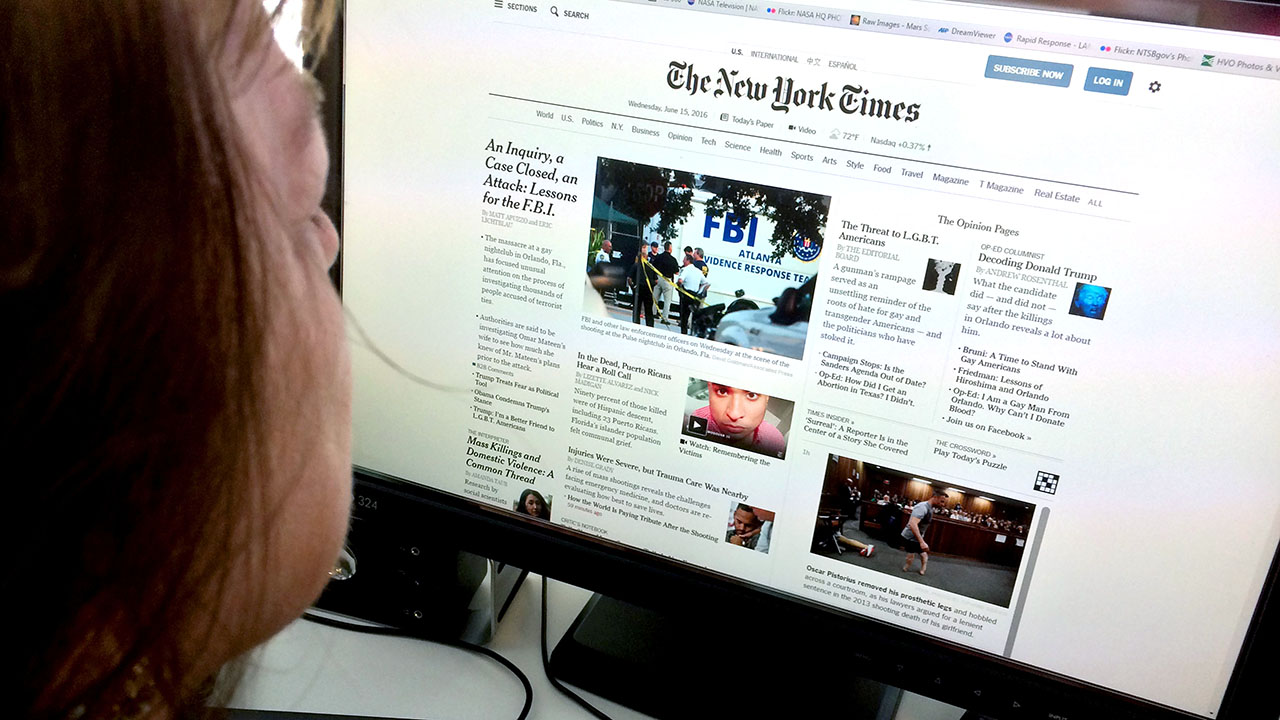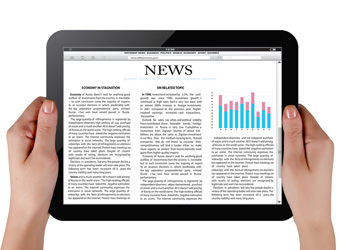The Definitive Guide for Popular News
Wiki Article
Unknown Facts About Popular News
Table of ContentsAbout Popular NewsNot known Details About Popular News Top Guidelines Of Popular NewsThe 9-Minute Rule for Popular News
Age is also an element in the way people check out the duty of social media sites. More youthful social media sites news customers are more probable to claim it has actually affected their discovering for the far better. Concerning half of social media information customers ages 18 to 29 (48%) say news on social media sites makes them far better notified, compared with 37% of those 30 to 49, 28% of those 50 to 64, and 27% of those 65 and older.Journalists weigh news worths when figuring out whether or not to cover an event or announcement. Below are the worths that we consider when developing an outreach approach. Arguably one of the most crucial element of newsworthiness is whether the story being interacted impacts an information outlet's target market. As an example, let's think of researchers have actually found an affordable option to a typical problem.
Research on a state's new tax code most likely will not produce the very same interest across state borders. Occasionally experts can help localize a larger national story that impacts more than just a city or state.
If you are releasing newsworthy research study, loop in MarComm prior to the short article being published to ensure that the pitch can stress the newest element of the story: the publication of the research. Occasions and news that entail top-level numbers are more probable to create media protection. Visits from national figures frequently require months of prep work as a result of expected neighborhood rate of interest.
The Only Guide to Popular News
Stories commonly include some kind of problem. Necessarily, these stories are generally questionable to some extent. The good news is, university personnel and faculty are usually perceived as neutral professionals. We can help minimize possible reputational risk with these tales while additionally raising the probabilities of generating insurance coverage. While a number of the above news worths are interwoven, human passion stories often differ.Human rate of interest aspects can add information value to various other stories that could seem lacking in the various other values. The uniqueness or anomaly of a scenario can aid influence whether a news outlet is most likely to cover a tale. While this is not an extensive listing, checking to see if your story or occasion has these high qualities prior to contacting us will aid you determine which aspects hold the most information value.
The research discovers that somewhat majority of all united state grownups register for news in some formand about half of those to a paper. And in contrast to the idea that youngsters will certainly not spend for information because information on the net is complimentary, almost 4 in 10 grownups under age 35 are paying for news.
There is additionally considerable evidence that more customers might begin to pay for news in the futureif authors can understand them and serve them well. Half of those that do not pay for information actively find out here look for out news and resemble customers in numerous means. And virtually 2 in 10 of those that don't sign up for news currently suggest they are inclined to start to pay in the future.
Some Known Incorrect Statements About Popular News

People are drawn to news generally for 2 reasons above others: A wish to be educated citizens (newspaper subscribers in particular are very encouraged by this) and because the publication they sign up for excels at covering particular topics concerning which those subscribers particularly care - Popular News. While there are a host of reasons, the No
Greater than 4 in 10 likewise mention the truth that good friends and family register for the very same item. Greater than a 3rd of individuals claim they initially subscribed in reaction to a price cut or promo. In print, individuals likewise are relocated heavily to sign up for obtain promo codes that conserve them cash, something that has untapped effects in electronic.

The Best Strategy To Use For Popular News
We asked everybody who informed us they have a regular free source of news just how likely they would certainly be to pay for it. Greater than a quarter (26 percent) state they would go to least rather likely to start paying for itand 10 percent are really or extremely most likely. These most likely payers have a tendency to be news seekers, and they likewise tend to be individuals who already pay for an information subscription in enhancement to the source they adhere to totally free.
Of those who do pay, 54 percent register for newspapers in print or electronically, which stands for 29 percent of Americans in general. The majority of them get a print magazine together with like this their paper and pay for two to 4 news sources in total amount, some a lot more. And while 53 percent are long-time clients (5+ years), greater than a quarter (27 percent) have acquired their paper subscription within the previous year.

Report this wiki page